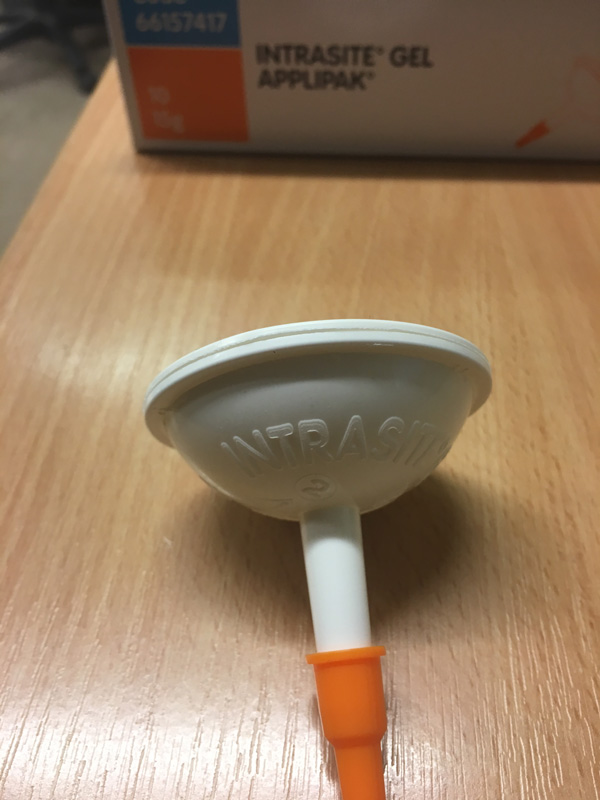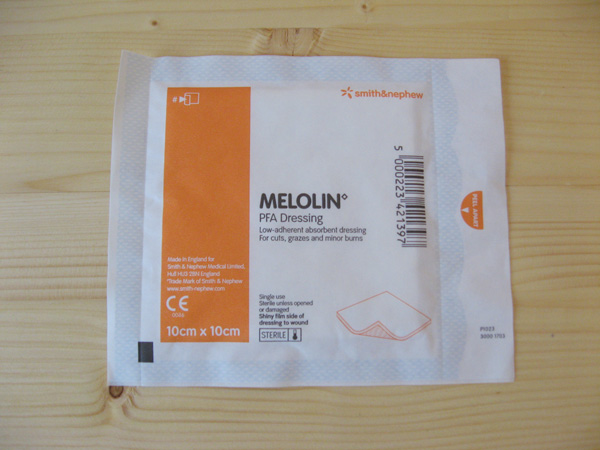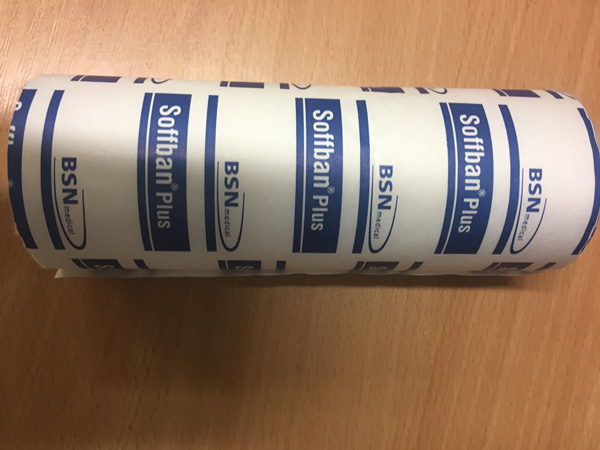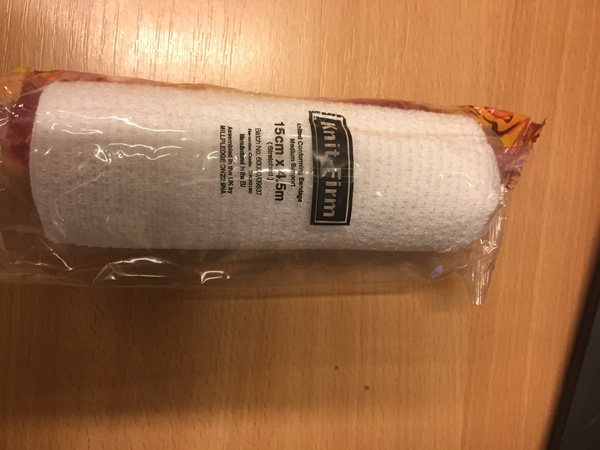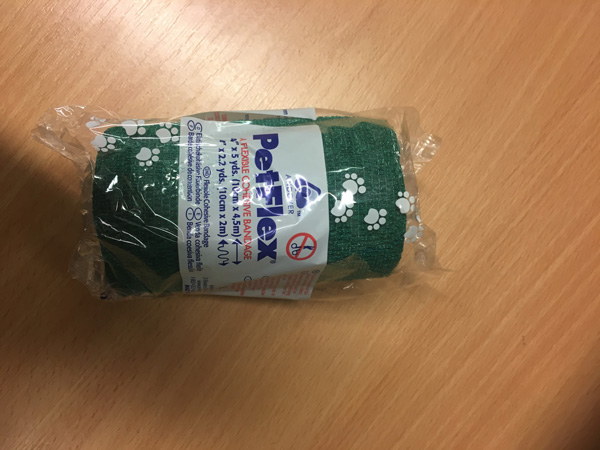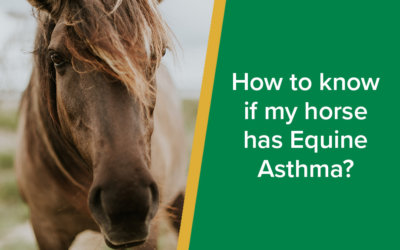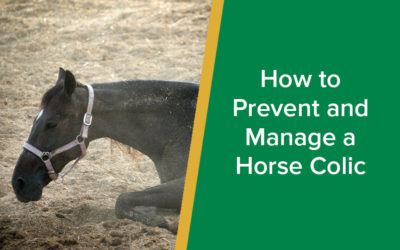When you are faced with any wound on your horse please don’t hesitate to contact us for immediate equine first aid or advice.
This is a piece of basic general advice and is not a replacement for veterinary advice.
Any wound on a horse has the potential to develop complications, including tetanus, so we advise all horses are vaccinated against tetanus, which consists of a primary course of 2 injections 4-6 weeks apart and then boosters every 2 years.
What to do with a wound on your horse
Clip the hair around the wound so you can examine it. If you find a large wound call us immediately, this may need stitching or be a deep wound which needs checking to see if other structures are affected.
Gentle cleaning the wound using hand warm tap water or saline (approx 1 pint of water with a teaspoon of salt added to it) with nothing added is the safest option, do not contaminate the wound with what you are using to clean it, i.e. use a clean cloth, swab or soaked cotton wool.
If you use an antiseptic e.g. Hibiscub, then only use it around the edges of the wound. You can flush a wound but be very careful you don’t push contamination deeper into the wound by either using too high a flushing pressure or too much water. You may call us at this stage as you may have found something you are unsure of, but for some wounds that don’t need covering, this is all you need to do.
Should a dressing be required it should consist of the layers as described on the next page. It should be applied evenly and not too tight, all of these dressings are available for you to purchase from ourselves and should be in your equine first aid kit.
All dressings should be examined twice daily for a smell, discharge, heat, discomfort, slipping and any evidence they have got wet (if they get wet then dry out a dressing can act like a tourniquet causing lots of damage). Dressings should be changed when the absorbent layers have become saturated and wounds should be covered until they heal. Most horses need to be stable rested when they have a dressing on to prevent it slipping or becoming wet or muddy.
Intrasite
This hydrogel is applied directly onto the clean wound. This keeps the wound moist so promotes rapid healing.
Melolin
A non-adhesive dressing applied with the shiny side towards (against) the wound. This absorbs any discharge with minimal wound adherence.
Soffban
This dressing provides padding and more absorption if the wound is producing a lot of discharge, it cannot be applied too tightly because it will tear if you over stretch it.
Knit-Firm
This conforming bandage supports the dressing, it should be applied firmly (like a stable bandage) but is stretchy so can be put on too tight.

